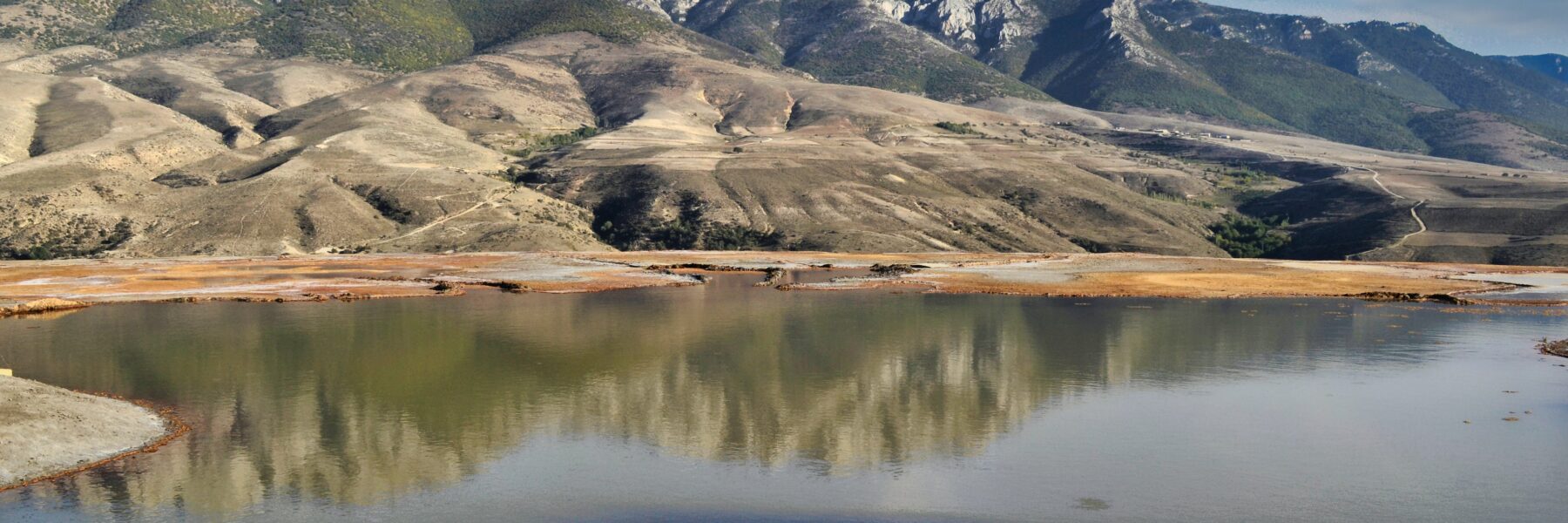Assessing the stability state of fault interfaces is a task of primary interest not only for seismic hazard, but also for understanding how the earthquake machine works. Nowadays it is well known that a relationship exists between slow and fast earthquakes; moreover, it is more and more evident that such a connection is quite diffuse all over the Earth. In this paper, we perform a spatial and temporal analysis of both geodetic and seismic – non-volcanic tremors, low-frequency events (LFEs) and regular earthquakes – time series. We focus on the relationship between clustering properties of the different kinds of seismicity and their response to stress perturbations. Earth tides and large earthquakes are used as source of additional stress. Seismic activity hosted in the Cascadia subduction zone, Manawatu region in New Zealand and in Japan during the last two decades is considered. Our analysis suggests that tremors become more and more sensitive to Earth-tide perturbations as the fault interface is seismically locked. Therefore, tremors and regular events show a similar response to tidal stress perturbations. This feature is also accompanied by relatively lower spatial and temporal coefficients of variation. A series of recordings by several GNSS stations along the Hikurangi Trench, North Island, New Zealand and along the Nankai coasts in Japan is taken into account for studying how large thrust-faulting earthquakes affect silent events and geodetic signals and vice-versa. In the last section, a simple model for grasping a glimpse of the local stability condition of the Earth’s crust and for explaining previous observations is provided.
https://www.frontiersin.org/articles/10.3389/feart.2022.989697/full#B67

